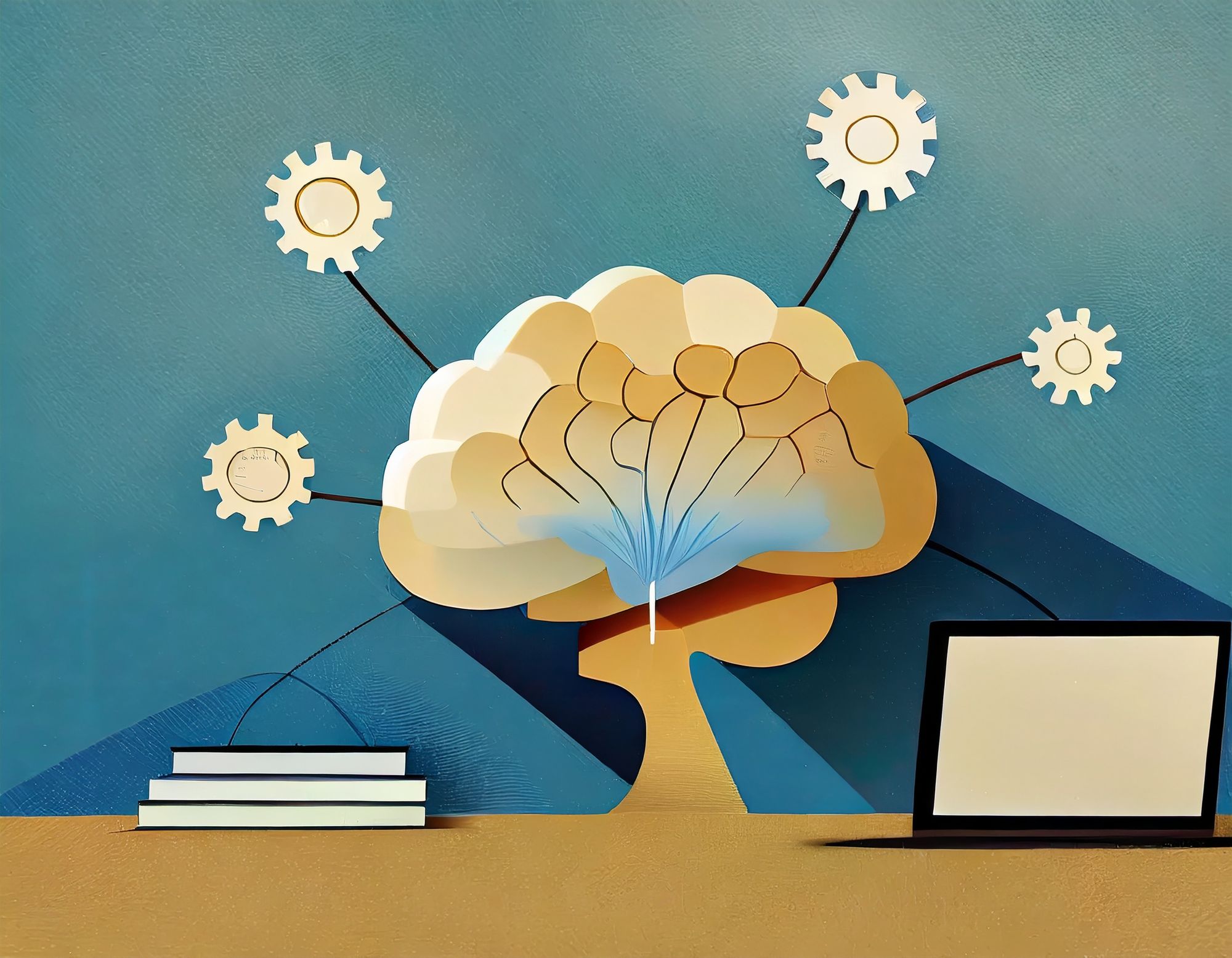Learn Anything Guide: Become a Lifelong Learner

Learning is not just about acquiring information; it's a skill. Whether you're a student, a professional, or simply someone passionate about personal growth, mastering the art of learning can unlock new levels of success. This practical guide takes you through a step-by-step journey to enhance your learning capabilities. From setting the right mindset to leveraging effective techniques, you'll discover how to become a more efficient and confident learner.
Step 1: Cultivate the Right Mindset
To embark on your learning journey, start by adopting a growth mindset. For example, when learning a new language, view initial challenges not as barriers but as opportunities for improvement. Understand that making mistakes is a natural part of tearing and allows growth.
Step 2: Set Clear Goals
Define your learning objectives. For instance, if you're delving into coding, set a goal to complete several coding exercises or develop a simple program within a specific timeframe. Clear goals provide direction and motivation.
Step 3: Choose Active Learning
Engage in active learning techniques that involve your mind and body. When studying history, instead of passively reading textbooks, engage in discussions about historical events with peers. This approach stimulates critical thinking and helps you retain information better.
Step 4: Develop Effective Study Habits
Create a conducive learning environment. For example, when studying complex math problems, ensure your study space is clutter-free and well-lit. Use the Pomodoro Technique – study for 25 minutes, followed by a 5-minute break – to maintain focus and productivity.
Step 5: Take Advantage of Technology
Leverage online resources, educational apps, and digital platforms. If you're learning to play a musical instrument, use interactive apps with tutorials, practice exercises, and even virtual lessons.
Step 6: Embrace Multisensory Learning
Engage multiple senses to reinforce learning. When understanding scientific concepts, combine reading with visual aids like diagrams and videos and conduct hands-on experiments. This approach makes learning more engaging and memorable.
Step 7: Practice Regularly
Consistency is key. Dedicate regular time slots for focused practice. If you're learning a new dance style, practice the steps daily to improve muscle memory and coordination.
Step 8: Teach Others
Explaining concepts to others solidifies your understanding. If you're studying literature, organize a book club or lead discussions about the themes, characters, and plot of a novel you've read. Teaching enhances your comprehension and builds confidence.
Step 9: Seek Feedback
Welcome constructive criticism. If you're learning graphic design, share your designs with experienced designers and gather feedback on your work. Constructive feedback guides your learning journey and helps you refine your skills.
Step 10: Reflect and Review
Regularly review and reflect on what you've learned. For instance, if you're studying a new programming language, periodically review your code and projects to identify areas for improvement. Self-assessment enhances long-term retention.
Step 11: Stay Curious
Cultivate curiosity as a driving force for learning. Explore diverse topics beyond your comfort zone. If you're passionate about cooking, experiment with new recipes and ingredients to expand your culinary skills.
Step 12: Adapt and Evolve
Learning is an ongoing process. Embrace changes in your methods, goals, and subjects of interest. If you're learning marketing strategies, stay updated with the latest digital marketing trends and adapt your approach accordingly.
Step 13: Practice Mindfulness
Incorporate mindfulness techniques to enhance concentration and focus. Practice meditation or deep breathing exercises before tackling complex subjects like philosophy to improve comprehension and critical thinking.
Step 14: Develop Critical Thinking
Question assumptions and analyze information. For instance, explore different perspectives to form a well-rounded understanding when studying historical events. Critical thinking empowers you to process complex concepts effectively.
Step 15: Celebrate Achievements
Acknowledge your progress and accomplishments. Celebrate reaching milestones, no matter how small. If you're learning a musical instrument, reward yourself for mastering a challenging piece. Positive reinforcement keeps you motivated and committed to lifelong learning.
Recommended Reading:
- "Mindset: The New Psychology of Success" by Carol S. Dweck
- "Make It Stick: The Science of Successful Learning" by Peter C. Brown, Henry L. Roediger III, Mark A. McDaniel
- "Deep Work: Rules for Focused Success in a Distracted World" by Cal Newport
- "The Power of Habit: Why We Do What We Do in Life and Business" by Charles Duhigg
- "Peak: Secrets from the New Science of Expertise" by Anders Ericsson and Robert Pool
Conclusion:
Learning how to learn is a transformative skill that propels you toward personal and professional success. By following this practical step-by-step guide, you'll cultivate a growth mindset, harness effective study habits, and unlock the power of continuous improvement. Embrace each step as a building block toward becoming a more proficient and confident learner. With dedication and practice, you'll embark on a lifelong journey of exploration and achievement.
